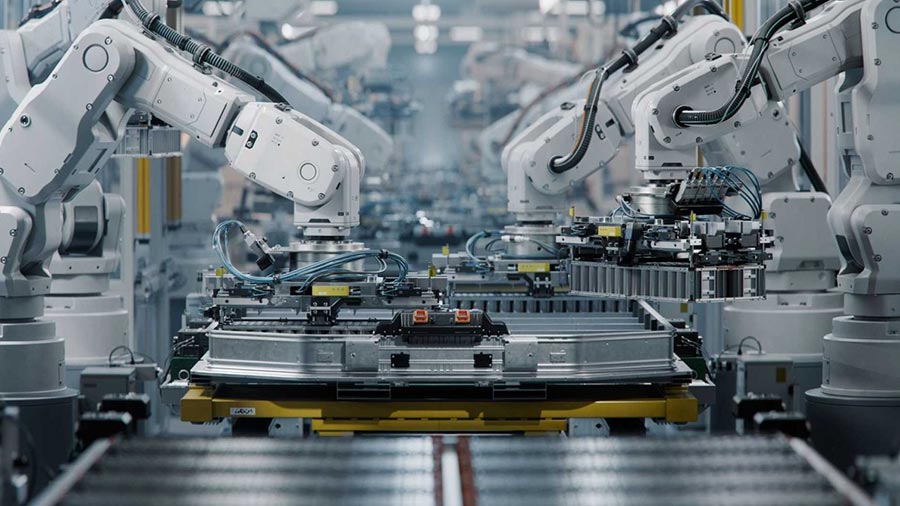In China, heritage and culture go under the wrecking ball
China’s rise has brought destruction to wide swaths of cities like Beijing and Shanghai. Hutongs that have stood for hundreds of years are being brought down, brick by brick to make way for the new and shiny. The construction bonanza has not been without it critics, and every time another hutong or old neighborhood finds itself on the chopping block, the pleas to reign-in the break neck pace of development are made, though more often than not, not heard.
Just last week, the Jiuxianqiao sub-district in Beijing came together to vote on the future of their dilapidated housing. It was a rare chance for residents to express their own opinions on the future of development and according to a China Daily editorial, was “much-needed progress in the protection of private property rights in the midst of numerous urban renewal projects.”
The necessity to rebuild the sub-district is obvious. However, like many housing demolition projects in cities across the country, the local government and the real estate developers failed to sell the compensation policy to local residents. They finally decided to let the residents vote on a compensation policy.
The approach of settling the issues by a vote differs dramatically from the measures many local governments and property developers have used to forcefully move their projects forward against the will of residents.
It hasn’t only been the residents of these old neighborhoods who have suffered either in China’s construction boom, the historical significance and cultural heritage of these structures is also being lost.
On Monday, Qiu Baoxing, vice-minister of construction, said that large number of historical architecture and cultural heritage sites have been destroyed during the country’s rapid urbanization. According to Qiu, developers and some local officials “senseless actions” have “devastated” historical sites and cultural relics in the name of renovation. He proclaimed that China was facing a third round of havoc since the founding of the People’s Republic, the first and second being the Great Leap Forward and the Cultural Revolution.
As China Daily reported:
“Some local officials seem to be altering the appearance of cities with the determination of ‘moving the mountain and altering the water course’,” he told a news briefing on the sidelines of an international conference on urban culture and city planning.
They are totally unaware of the value of cultural heritage.”
Qiu also slammed the “blind pursuit of large, new and exotic” buildings by some local governments.
“This is leading to a poor sight – many cities have a similar construction style. It is like a thousand cities having the same appearance,” he said.
Presumably, the large, old and drab soviet-style concrete constructions still found in many second-tier cities are also part of the problem.
In the midst of all of this, Howard French, The New York Times’ man in Shanghai, has put together an interesting collection of photographs from some of the backstreets and alleyways of a disappearing Shanghai. He writes:
Over and over again, I have been asked by the people of these neighborhoods what is my purpose in taking pictures of these lives? Am I trying to show a bad side of China? To make fun of poor people?
I have no trouble answering, and my reply is effective more often than not because it is sincere. “I take pictures in your neighborhood because there is something very beautiful about the lifestyle you have,” I say. “Things may not be perfect, but there is a very special kind of community you have, and soon places like this will all be gone.”
French’s photos are stark and vivid, a black and white window into a place that is all but gone, replaced by high-rise apartments, steel and concrete office blocks, supermarkets filled with fluorescent lights and plastic-wrapped packages. They are, as he says, “a slice of that increasingly rare thing in China, indeed anywhere — the authentic.”
- Previous Article Made in China
- Next Article The number SMEs in China hit 42 million






























